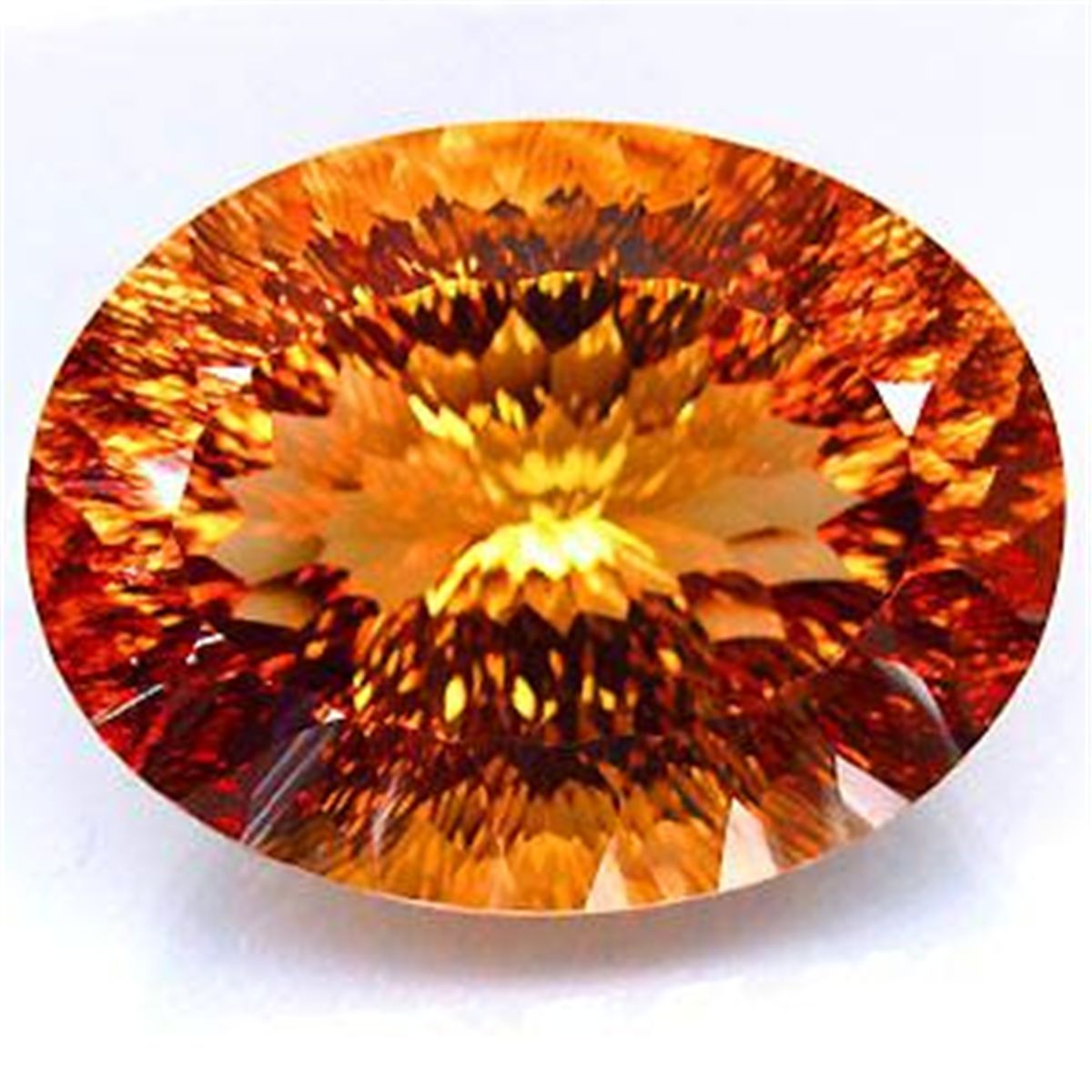Topaz was one of the original gems on the breastplate of the Jewish high priest, inscribed to with the name of one of the twelve tribes of Israel. While many of the birthstones have been changed over the millennia, topaz is one gem that is almost universally accepted as November’s birthstone; it is the gem of the zodiac sign Sagittarius. It is also called Sunday’s gemstone-and it associated with the sun.
Indeed, St. John in Revelation writes that topaz was “touched by the splendor of the sun.” He lists topaz as the ninth foundation stone–each of the stones represents a Christian virtue. To St. John, topaz is the clearest of all gemstones and signifies contemplation which expands the heart and aligns men with the nine orders of angels.
The name, “topaz,” comes from the island, Topazio, which is in the Red Sea. It was commonly used as an amulet as protection from the “evil eye.” The theme of a cure of eyes runs though some of the early Christian writing from the tenth century. St. Hildegard of Bingen claimed the gem was so brilliant that it illuminated prayers in a dark chapel, and claimed the gem was a cure of dim vision. She recommended placing a piece of topaz in white wine for three days and nights, then rubbing the eye with the stone before sleep with the wet stone and using the wine as an eye wash.
Other “healing” applications vary over the centuries. Powdered topaz placed in wine cured asthma, burns, insomnia and hemorrhage. It was said to cure sadness and make you more intelligent and was particularly powerful if used in moonlight. Pope Clement VI and Pope Gregory II claimed that topaz could even cure the sores from the plague.

